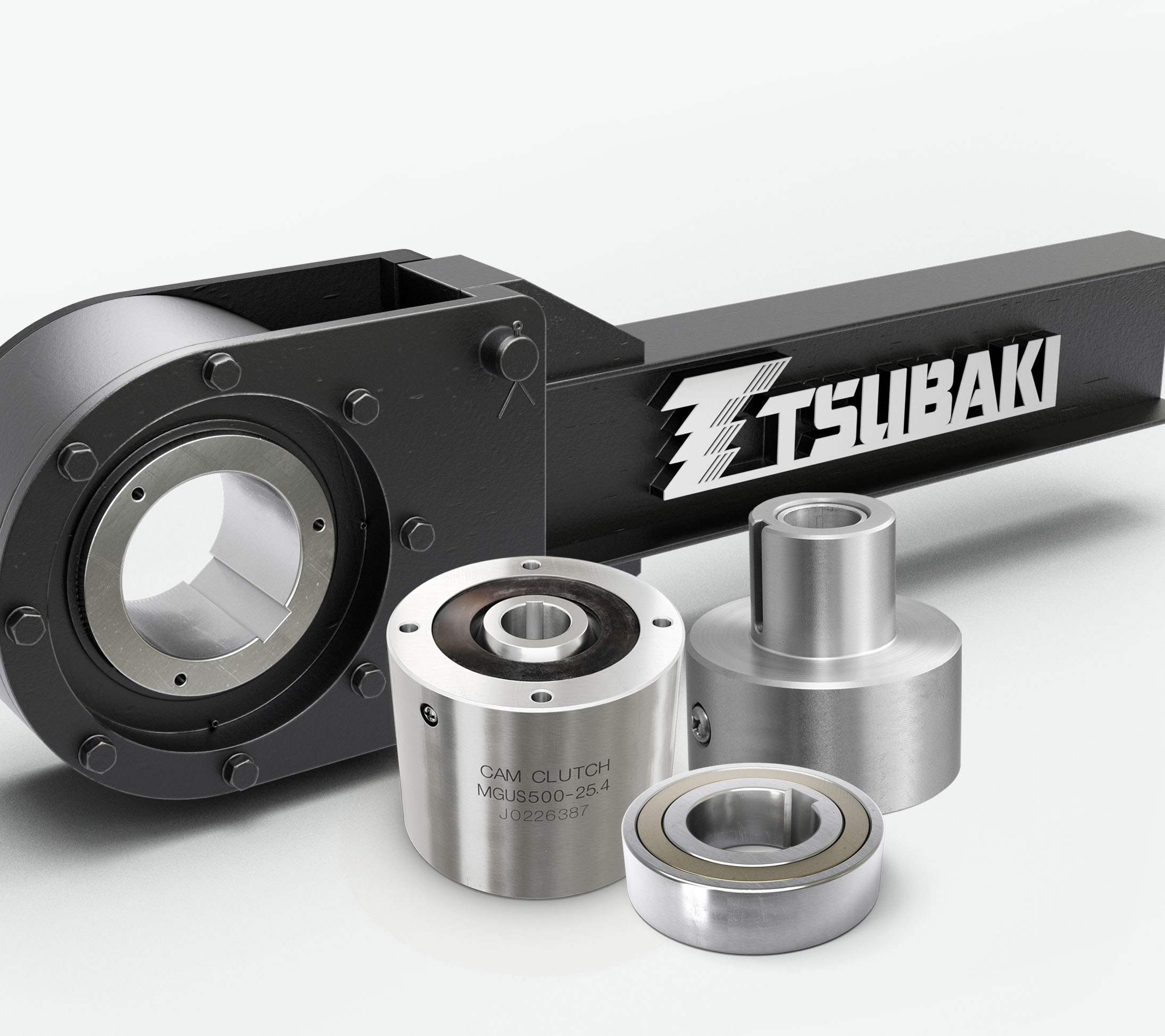Guide to Indexing, Overrunning and Backstopping Clutches
Mechanical clutches are a vital component of many power transmission systems where you need to apply torque in one direction of rotation. Recent innovations in clutch design and technology are making these products even more reliable and efficient.
The clutch commonly used today provides enhanced protection against backlash and rollover, as well as consistent performance in harsh environments.
While all clutches use the same basic principles of operation, there are a variety of options designed to meet specific application requirements. The three most common types of clutch applications are:
1. Backstopping
In backstop applications, clutches allow the drive shaft to rotate freely in one direction. As soon as torque is reversed, the clutch automatically engages with a fixed frame to prevent any movement in the opposite direction. Backstop clutches are used as a safety measure to prevent reverse movement of incline conveyors, bucket elevators, or pump systems. They not only help protect critical equipment from damage, they also help ensure worker safety.
2. Overrunning
In many overrunning applications, clutches spin freely the majority of the time, occasionally being called upon to engage and drive. A common application for overrunning clutches is a two-speed drive, where two motors with different output speeds are connected to a single driven shaft through one-way clutches. When the primary motor drives the machine at a low speed, the clutch engages. When the secondary electric motor drives the machine, the clutch overruns, switching from low speed to high speed.
3. Indexing
In an indexing application, reciprocating (or back and forth) motion is transferred into only one-direction of motion. Usually, a crank mechanism applies the reciprocating motion to the clutch. The clutch drives in the forward stroke and overruns (spins freely) on the return stroke. Indexing clutches are often used for applications involving material feeders. The clutch makes it possible to drive the feeder forward at a variable speed and to start and stop at set intervals.
Clutch Solutions from Tsubaki
Tsubaki offers a wide selection of clutches designed to fit a variety of application needs, including internal and external backstops as well as overrunning and indexing clutches.
Innovative designs and features incorporated into our clutch products assure efficient and dependable operation in the harshest environments. Our cams are made with a special alloy steel to provide extended wear, increased fatigue life, and greater torque holding capacity. The races are made of high quality alloy steel with high surface hardness and core toughness, and are precision ground to provide excellent concentricity and accurate cam rotation.
For more information on our clutch product offerings and specifications, download the Clutch Catalog or contact us today.

